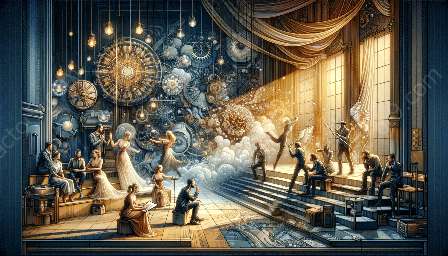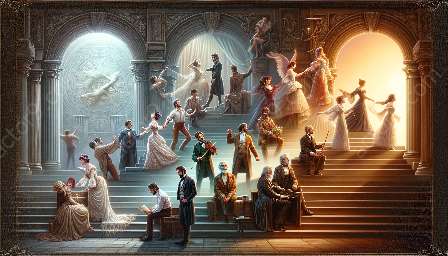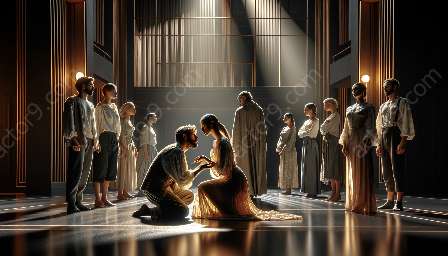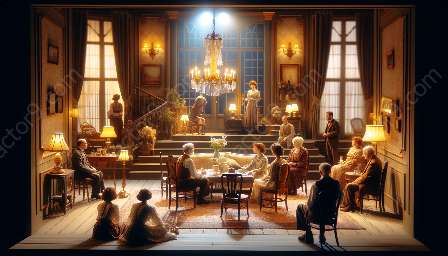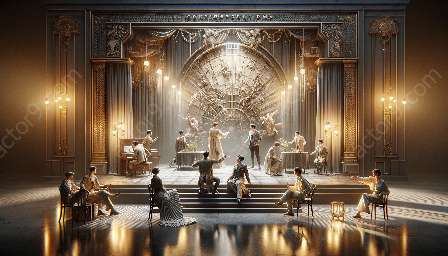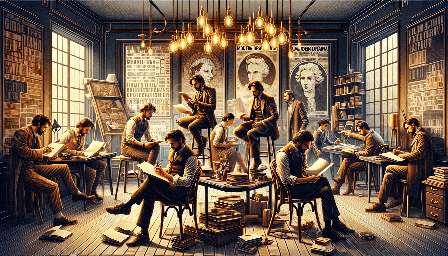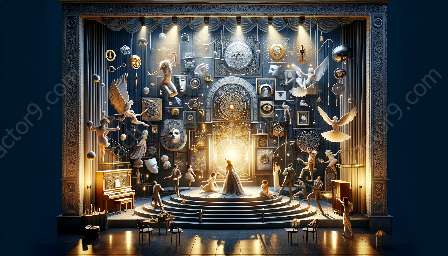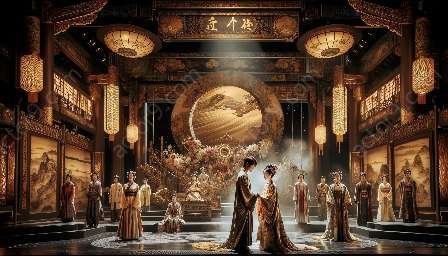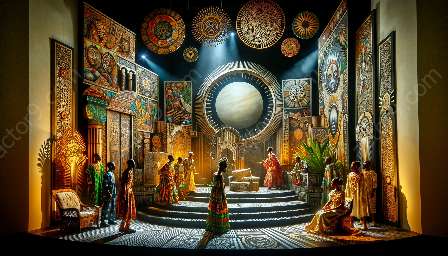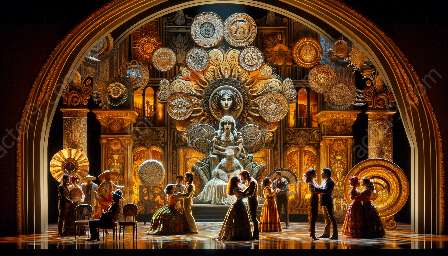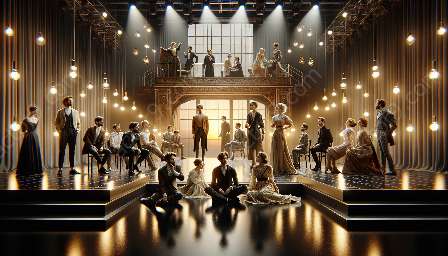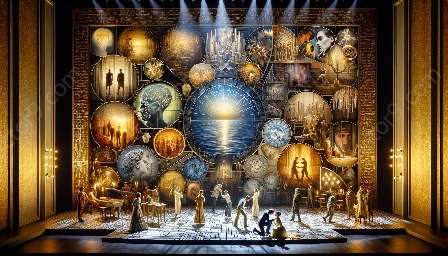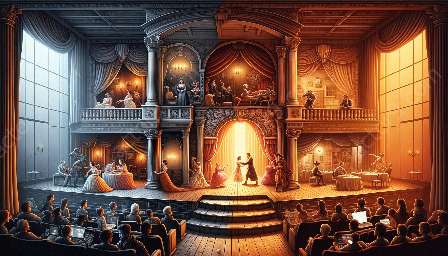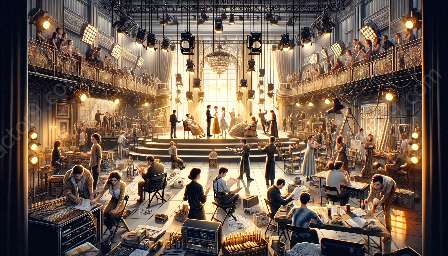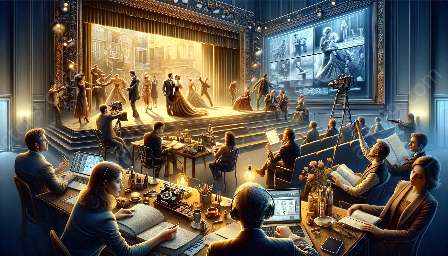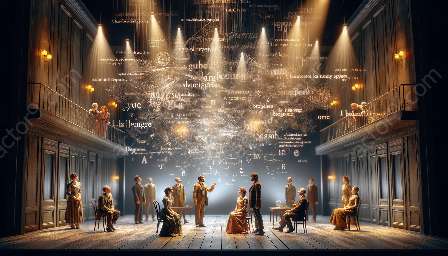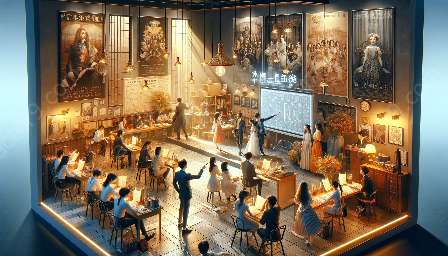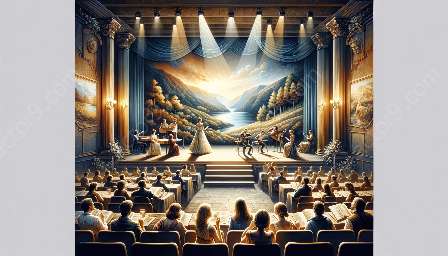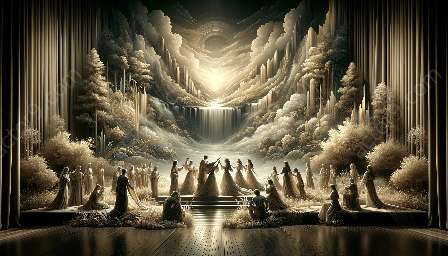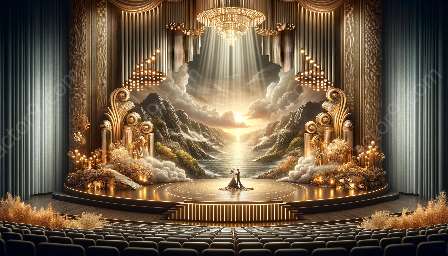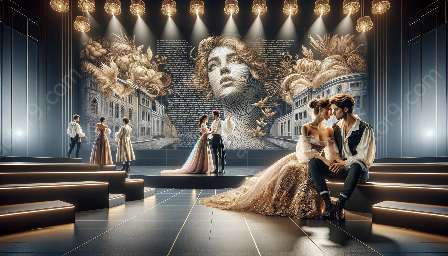Contemporary actors, faced with the challenge of portraying complex and demanding roles in modern drama, employ a range of methods and techniques in order to deliver compelling performances. In a field that demands versatility, dedication, and authenticity, actors need to delve deep into their characters, understand the nuances of the script and the subtleties of their roles. The methods of modern acting have evolved over time, incorporating psychological, physical, and experiential approaches to shape authentic and impactful portrayals.
Research and Character Development
One of the fundamental pillars of an actor's preparation for a challenging role is in-depth research and character development. This involves understanding the historical, cultural, and social context of the character, as well as the psychological aspects that influence their behavior. Contemporary actors may immerse themselves in extensive literature, documentaries, or interviews related to the character's background in order to accurately embody their persona.
Moreover, modern acting involves the integration of personal experiences and emotions into character development. Actors often draw from their own emotional reservoirs to authentically convey the thoughts and feelings of their characters. This method not only adds depth to their performance but also allows them to establish a personal connection with their roles.
Method Acting
Method acting, a technique that has gained prominence in contemporary actor training, involves the embodiment of the character's emotions and motivations through personal identification with the role. This approach requires actors to tap into their own emotional memories and sensory experiences to create a convincing portrayal. By immersing themselves in the character's mindset, method actors aim to blur the line between their own identities and those of their characters, lending a heightened sense of realism to their performances.
Physical Training and Movement
Physicality plays a vital role in modern acting, particularly for challenging roles that demand a transformation of physical appearance or expression. Actors undergoing physical training and movement workshops learn how to inhabit their characters' bodies, gestures, and movements. This approach, rooted in contemporary acting methods, enables actors to communicate emotions and intentions non-verbally, adding a layer of depth and authenticity to their performances.
Dialogue and Text Analysis
When preparing for challenging roles, contemporary actors engage in rigorous analysis of the script to decode the underlying subtext, themes, and motivations. In modern drama, where dialogue is often nuanced and laden with multiple interpretations, actors delve into linguistic and semiotic analyses to comprehend the intricacies of their character's speech patterns, idioms, and linguistic tendencies. This enables actors to infuse their performances with a deep understanding of their characters' verbal expressions, enhancing the authenticity of their portrayal.
Collaborative Approaches
In the realm of modern acting, collaboration is increasingly emphasized as an integral part of an actor's preparation for challenging roles. Actors work closely with directors, fellow cast members, and production teams to explore different perspectives, exchange feedback, and refine their performances. The collaborative nature of contemporary acting methods fosters an environment of creativity and innovation, allowing actors to develop a profound understanding of their characters within the context of the larger production.
Embracing Vulnerability and Authenticity
Contemporary actors recognize the significance of embracing vulnerability and authenticity in their portrayal of challenging roles. The evolving landscape of modern drama calls for performances that reflect genuine human experiences and emotions. To achieve this, actors engage in exercises and techniques that encourage vulnerability, emotional openness, and genuine reactions, thereby creating performances that resonate deeply with audiences.
Conclusion
In conclusion, contemporary actors prepare for challenging roles in modern drama through a multifaceted approach that encompasses research, character development, method acting, physical training, text analysis, collaborative endeavors, and an unwavering commitment to authenticity. The methods of modern acting continue to evolve, enabling actors to take on diverse and demanding roles with depth, sincerity, and compelling artistry.


